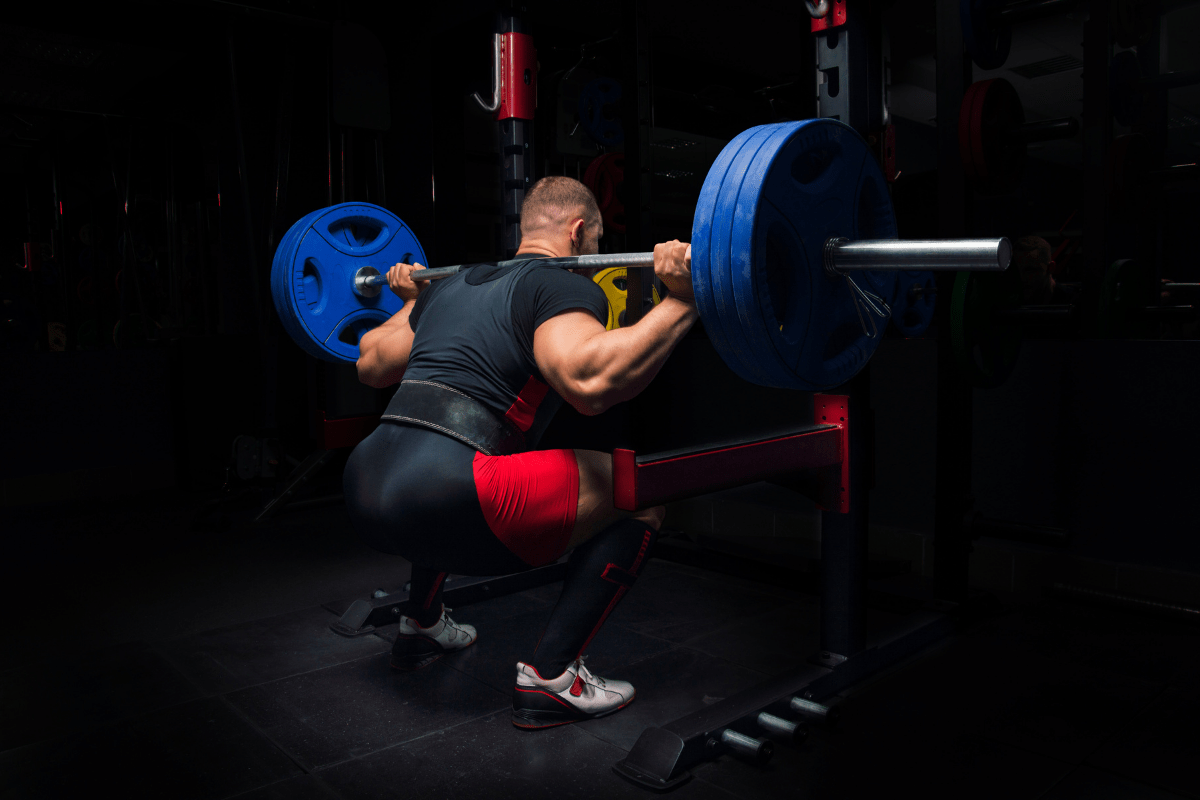Top 5 Exercises to Improve Athletic Performance
In your opinion, what are the top five exercises to improve athletic performance? This was the question posed to a group of Strength and Conditioning Coaches. Everything else was open for interpretation by each coach. No follow-up questions to clarify or narrow down the desired responses were allowed.
Our group of coaches polled was a group of 15 very respected strength and conditioning coaches. The group polled was extremely diverse and included pro coaches, college coaches, high school coaches, coaches in the private sector and even one of our interns who got to participate (more on him later).
Some of the coaches currently specialize in sports such as baseball or football, while other coaches coach a broader scope of athletes.
Each exercise on each list was given a point value of 1-5, with 5 points going to the exercise rated first on each list, working down to the 5th ranked exercise receiving 1 point. Points were tallied and we ended up with a Top 5 list.
Honorable Mention
Some exercises were mentioned by more than one coach but did not get enough points to make our Top 5.
Almost every Olympic lifting movement from snatches to jerks, to clean pulls was mentioned at least once, but not all of them made our list.
Some coaches had implements in their list such as a Vertimax or Agility Ladder. Deadlifts, RDLs and Bent Over Rows were all mentioned more than once as great strength training exercises, but didn’t make the cut.
So, what did make the cut? Let’s find out what our expert panel thought was the…
Top 5 Exercises to Improve Athletic Performance
5th place: Sprints
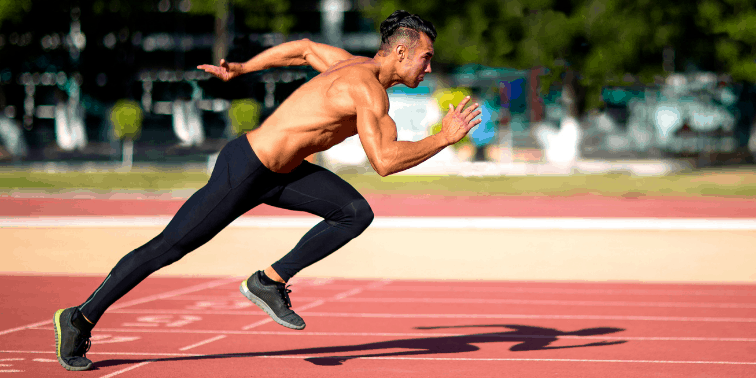
Sprints came in at 5th place even with some coaches thinking the list was only asking for lifts.
That’s where the wide openness of the question let each coach determine what they wanted to focus on. We didn’t want to influence any coach’s decision-making. Even with that, sprints showed up multiple times and even got one first-place vote.
Sprinting when done correctly, can improve mechanics and can directly impact speed. Sprints are also great for building hamstring strength and to prevent injury. Some coaches will even count sprints toward their hamstring exercises for the weight room.
Also, as one coach pointed out, sprints could be modified into incline sprints, decline sprints or resisted (such as with a weight vest or parachute) and technically still be doing sprints. That creates a lot of bang for the buck with just one exercise.
Another coach made the point that without sprinting, it makes it hard to do any conditioning and without at least a baseline of cardiovascular conditioning, you have nothing.
4th place: Bench Press
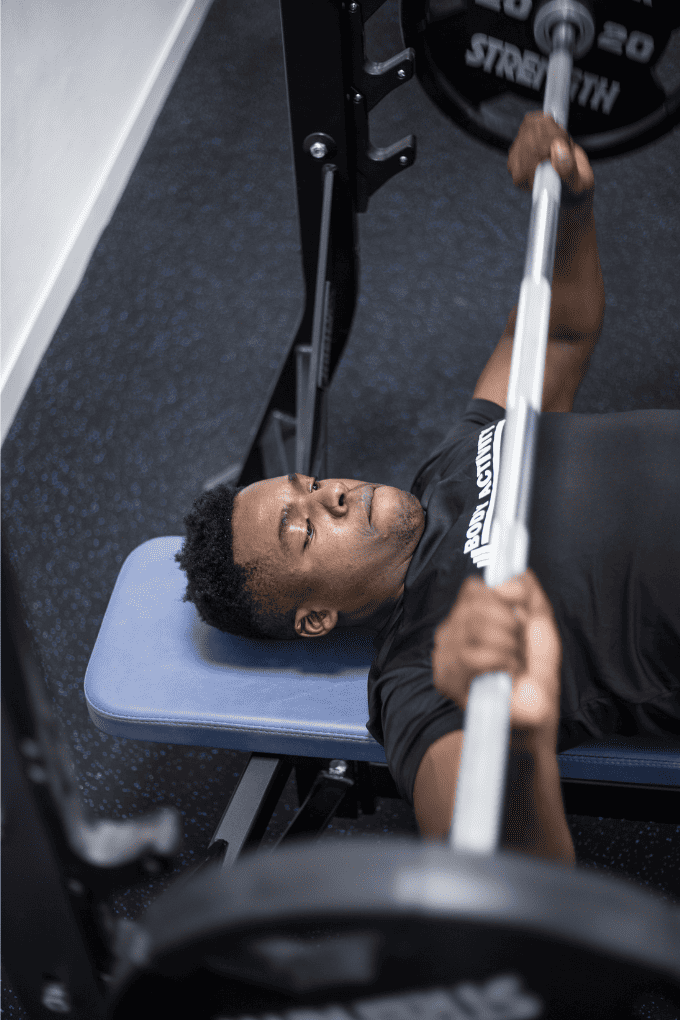
Bench Press often gets a bad rap for being an overrated exercise in the strength and conditioning world. When it’s the first exercise performed every day as I’ve seen in some high school programs I’ve looked at, then yes, that is overrated.
However, I know I put Bench Press in twice a week in my four-day training programs as do most coaches. If you don’t use the bench, then you have to find something to replace it and usually, it’s going to be an inferior exercise.
The bottom line is that Bench Press is a great lift for building upper body strength. It’s a compound movement, involving in some form or fashion, almost every muscle in the upper body. The bench press allows an athlete to either go heavy and work strength or lighter and work explosiveness.
There is also no limit to the number of ways to change up the Bench with chains, boards, bands, etc. to keep the movement fresh and challenging for athletes.
3rd place: Pullups
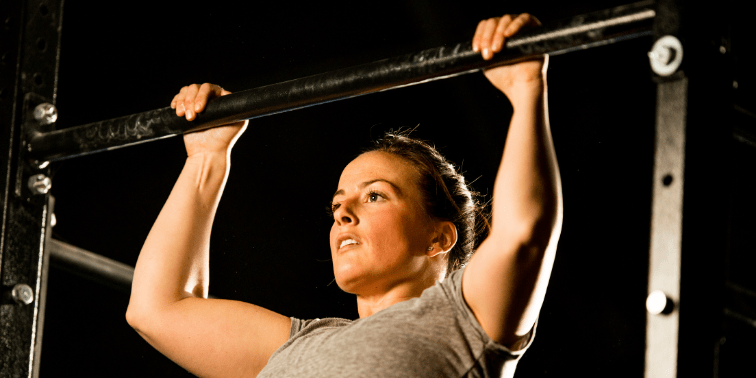
Pullups came in third in our poll.
Surprised? You shouldn’t be.
First, the obvious: Pull-ups are a great, if not the best exercise for building upper body strength. Pull-ups are great for grip strength, which comes in handy for almost every sport. Pull-ups require minimal equipment, making it easy for programs of any budget to incorporate.
Pullups can be modified to change the difficulty of the exercise, add a band to make them easier or add a weight vest to make them harder. Try clapping pull-ups to change it up even more.
Now, the not-so-obvious: Studies have shown a positive correlation between pullups and sprinting speed.
This could be because pull-ups are a strong indicator of relative strength (strength relative to your own body weight). Sprinting, a series of single-leg bounds, is also an indicator of relative strength. When an athlete improves upper body strength, there is a carry-over effect on the lower body.
Pullups are also great for the muscles of the lower abdomen which could help stabilize the pelvis and improve sprinting speed. The lats could also play a hand in the stabilization of the hips. However the correlation might occur, if you want to be faster, it probably wouldn’t hurt to have pull-ups in your regimen.
Now for the two big boys. Our top two exercises were far and away from the rest of the pack. Each one was on every list (except one, more on that later).
Not only were they on every list, but our second-place exercise received more points than our 3rd through 5th put together. They were listed as the first exercise on every list except two.
In other words, everyone was in pretty clear agreement that these are definitely the two most important lifts for any athlete.
2nd place: Squat
The ‘King of All Exercises’, the squat, came in second on our poll. As mentioned before, squats appeared on every list, never lower than third. It received five first-place votes. An entire article or even book could be written on why and how squats are great for athletes.
Squats have long been regarded as one of the key building blocks to building a strong athlete. Squats are used by every person who participates in any type of training, from athletes to Olympic lifters to powerlifters.
Squats not only build strong legs but strengthen the posterior chain, hips, and core. They also improve balance and stabilization and improve neuromuscular efficiency. Bodyweight squats are one of the first exercises we teach to our young athletes and squats remain a staple throughout their development.
1st place: Power Clean
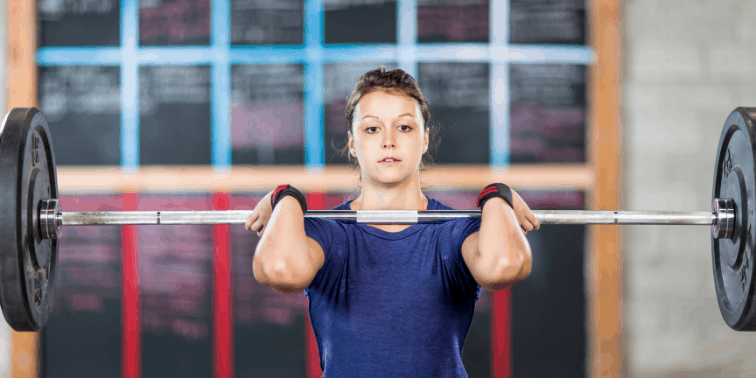
The winner, edging out the squat by one point, was the Power Clean. Power Clean made it on every list, except for our intern (who will be receiving an ‘F’).
Power Clean was listed first more than any other exercise, 8 times. Power Clean was first on my list and for a thorough explanation of why, look at ‘Why Power Clean?’.
The short version is that Power Clean improves force development by training the body to triple extend more explosively. Triple extension is the extension of the ankles, knees and hips.
Most sports are Triple Extension.
Running, jumping, tackling and even rotational movements like swinging a baseball bat are rooted in triple extension. If an athlete can triple extend more powerfully, it will carry over to almost every activity on the field or court.
Power cleans are a total body lift that helps improve coordination, balance, and core stability. Receiving the catch also teaches the athlete how to absorb force, an important component of any contact sport. Power cleans require complete and total focus from the athlete to perform.
Finally, as one coach stated, “I like the power clean because it resembles sport in the fact that it is a one-on-one battle between the athlete and the bar. Every rep, there will be a winner and a loser and by doing power cleans I can find out very fast who on my team is willing to fight to win.”
Final Thoughts
Do you agree with our coaches on the best exercises to improve athletic performance?
If not, what would you change?
I’d love to hear feedback from other coaches on what you’d change and why.
References
Vleeming A, Pool-Goudzwaard AL, Stoeckart R, van Wingerden JP, Snijders CJ.
The posterior layer of the thoracolumbar fascia. Its function in load transfer from spine to legs. Spine. 1995 Apr 1;20(7):753-8
Toma`in, K., ^oh, M., [kof, B. (2001). Correlation of morphologic and motor variables with performance… KinSI 7(1–2), 49–56

